The best new features of iOS 8

iOS 8 opens up Apple’s mobile operating system to third-party development to a much greater extent than ever before. And stemming from relaxed policies, iOS 8 boosts on-the-go productivity with deeper inter-app sharing while implementing some of the features our Android friends have grown accustomed to, but in a typical hassle-free Apple fashion, things like third-party keyboards, custom actions, photo editing extensions within the context of Photos and Camera apps and way more.
And though evolutionary rather than revolutionary, we have no doubt in our minds that iOS 8 is going to significantly improve the functionality of Apple’s mobile platform, and perhaps even give some folks less reasons to jailbreak.
To celebrate today’s release of the free iOS 8 software update, we proudly present you this detailed overview of more than two dozen iOS 8 features we think you’re going to fall in love with at first sight.
Standard disclaimer applies here: some capabilities are hardware-dependent and, as such, only work on certain iPhone models. Speaking of which, iOS 8 is compatible with any iPhone from the iPhone 4s onward, any iPad form the iPad 2 onward and the fifth-generation iPod touch.
Keep in mind that some features are unavailable in certain markets over legal and licensing reasons. Fortunately, Apple provides a handy webpage that lays out iOS 8 feature availability in layman’s terms.
Here’s what we’re going to look at in this tutorial, sorted alphabetically.
Table of contents
- App Bundles
- Battery usage by app
- Custom actions
- Desktop site in Safari
- Extensibility and App Extensions
- Family Sharing
- Flyover City Tours
- Handoff
- Health app
- Hey, Siri
- iCloud Drive
- iCloud Photo Library
- Improved message group conversations
- Instant Hotspot
- Interactive Notifications
- Mail gestures
- QuickType
- Quick Reply
- Send quick voice messages
- Send quick video messages
- Spotlight enhancements
- Third-party keyboards
- Touch ID in your favorite apps
- Time-lapse videos
- Widgets in Notification Center
- What iDownloadBloggers think
- Useful iOS 8 resources
- Wrapping up
App Bundles
App Store Bundles enable the creation of special software sets by letting developers bundle up to ten of their apps into a single item that can be purchased with a tap.Bundles typically cost less than the sum of the individual apps contained within, making them an attractive promotional tool for games makers and developers of enterprise software. Purchasing a bundle downloads its apps individually to your device.

Other notable App Store enhancements in iOS 8: the Apple-owned TestFlight app to test beta software, video previews alongside screenshots in the App Store, improved search with suggestions and continuously scrolling results, Trending searches, the new Explore tab and the new Editor’s Choice label for highlighted apps.
Battery usage by app
iOS 8 makes it easy to detect battery hogs. A new Battery Usage section found under General > Usage > Battery Usage breaks down battery consumption by app.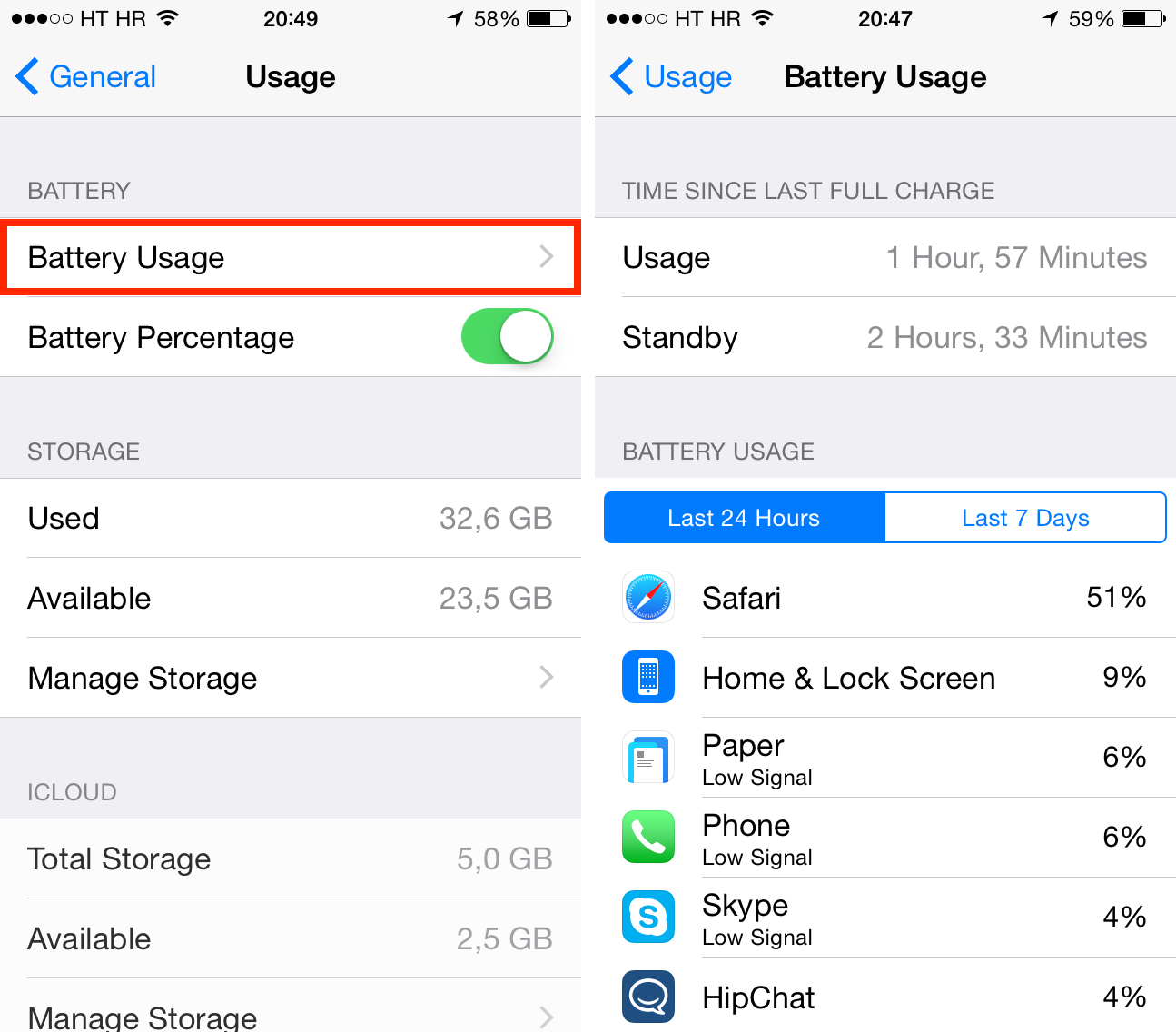
Custom Actions
iOS 8 enables third-party custom actions in Share sheets and custom Safari actions that can use JavaScript integration, allowing for remarkable new functionality to iOS 8 apps. Custom actions can only be bundled with their apps.
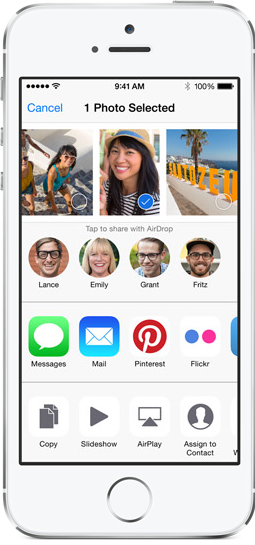

Desktop site in Safari
If Chrome’s ability to switch from a mobile site to its desktop counterpart is the sole reason you’re still relying on Google’s browser on your iOS devices, you’ll be delighted to learn that Safari in iOS 8 now packs in a similar feature.
Extensibility and App Extensions
Perhaps the biggest long-term change in iOS 8, Extensibility allows your apps to interact with one another in ways commonly associated with Android and not possible on Apple’s platform before. For example, Instagram will be able to add a share sheet to iOS for quickly posting photos, and Pinterest can enable webpage or photo pinning from within a browser.App Extensions, as these things are called, are distributed as part of their app binaries and are therefore installed automatically by downloading the host app. iOS 8 supports the following types of third-party App Extensions: Share, Photo Editing, Storage Provider, Document Picker, Today, Custom Keyboard and Custom Actions.
This is 1Password’s iOS 8 extension in action.
Share extensions, as mentioned before, provide more options to share photos, videos, websites and other content with online services. Photo Editing extensions embed photo and video editing filters directly into the stock Photos or Camera apps. Below is a nicely done video that showcases an awesome Camera+ extension for iOS 8 Photos.
Storage Providers are interfaces between apps and custom storage locations such as, for example, Dropbox. Document Pickers let you access files outside an app’s sandbox, so you can edit a single document in your favorite apps without creating multiple copies.
Today extensions are actually widgets sitting in the Today view of Notification Center. These lightweight extensions typically provide quick updates like stock quotes or breaking news stories, or make possible brief tasks such as posting updates on package deliveries.
Check out the Today widget of Hours for iPhone below (also coming to the Apple Watch), it really changes the way you use the app for the better.

Family Sharing
Family Sharing is a great new feature in iOS 8 which lets you share purchased iOS 8 and Yosemite apps and iTunes media between up to six different devices, without requiring them to use the same Apple ID as Home Sharing.
Family Sharing can also be used to automatically share photos, calendars and reminders among family members, and even track iOS devices — including those that belong to your family or friends.


Flyover City Tours
In addition to standard three-dimensional aerial views in Apple Maps known as Flyover which debuted as part of the iOS 6 launch back in 2012, iOS 8 has now added scripted virtual tours of select landmarks and cities, like the Yosemite National Park, Apple’s corporate headquarters in Cupertino, California, Wellington in New Zealand and more.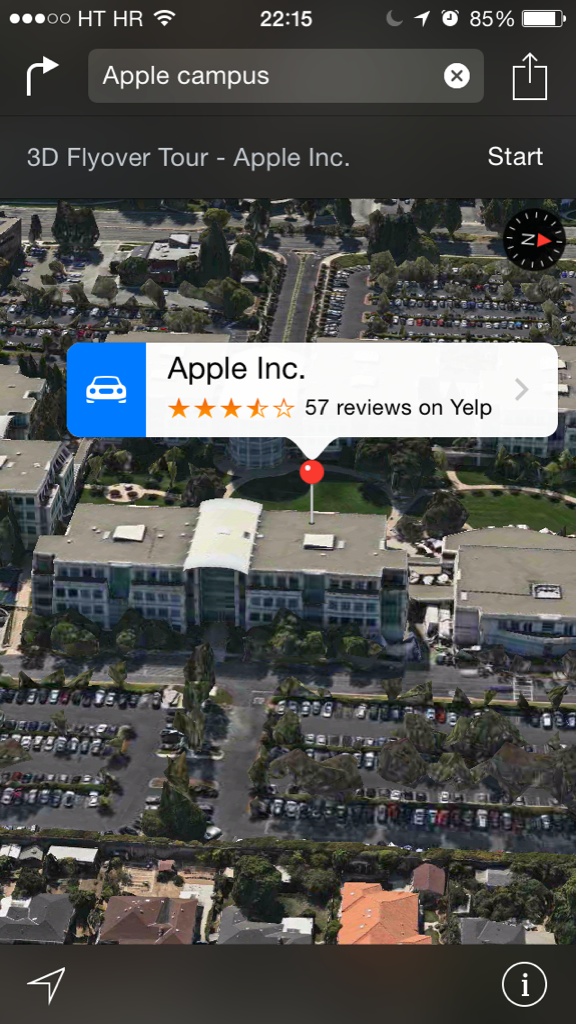
Tap it to start a virtual tour.

Handoff
Handoff is the central part to Apple’s philosophy concerning Continuity, asset of technologies it designed for seamless transitioning between iOS devices and Macs.In a nutshell, Handoff helps you complete tasks across multiple devices authorized with the same iCloud account. You might, for example, start composing a long email on your iPhone and sit down at your desk to finish it on your Mac later, or vice versa, making the Apple experience even more seamless.

Grab it with your finger and pull up, or click the icon in the Dock, and you’ll be immediately taken to the app with content exactly as you left it on the previous device. As developers have been given the freedom to choose whether or not they wish to support Handoff, don’t expect each and every app on the App Store to be Handoff-enabled.

Health app
Health is much more than a brand new stock app in iOS 8.Taking advantage of the new HealthKit in iOS 8, Apple’s conceived the Health app as a central repository for all your health and fitness related data. HealthKit-enabled apps and accessories, as well as Apple devices with motion-tracking capabilities such as the Apple Watch and the iPhone 5s/6/Plus can also store/read data from Health database.

Using this data, Health can over time provide a comprehensive picture of your well-being via an easy‑to‑read dashboard that can be customized to include and exclude items like heart rates, calories burned, blood sugar, cholesterol and what not.

A new Health section in Settings > Privacy > Health lists apps that have requested access to your Health data. Health is available on the iPhone 4s or later and the fifth-generation iPod touch.
Hey, Siri
Siri in iOS 8 now has an always-listening mode, but only when your device is plugged into a power source. Much like Android’s ‘Ok, Google’ function, this feature listens to a keyword — in this case ‘Hey, Siri’ — to activate the digital assistant.
‘Hey, Siri’ description in Tips, another new iOS 8 stock app.
‘Hey, Siri’ must be activated by flipping the Voice Activation switch in Settings > General > Siri to ON. Siri in iOS 8 also integrates with Shazam to identify the currently playing song — just ask “What song is playing”.

iCloud Drive
That free iCloud storage (currently five gigabytes per Apple ID), can now be at last used to store both personal files and app documents into the cloud. Using built-in iCloud Drive support in Yosemite’s Finder, or the Windows-compatible web interface at iCloud.com, you can upload files to your online storage, rename and delete files and folders, share them with others and more.
To enable iCloud Drive, go to Settings > iCloud and flip the iCloud Drive switch to ON to allow apps to store documents and data in iCloud. This is where you can also disable or enable iCloud Drive on a per-app basis and tell iOS 8 to use cellular data to transfer iCloud Drive documents and data between your devices.

It’s Apple’s way of making up for hiding the iOS file structure in apps all these years. It removes much of the friction associated with working on a single document in multiple apps while increasing the flexibility of iOS workflows dramatically.

iCloud Photo Library
iCloud Photo Library is just that — a place for your photo library where photos automatically synchronize between iOS 8 devices (and soon between OS X computers, too, as Apple readies Photos for Mac for an early-2015 release.Taking advantage of your available iCloud storage, iCloud Photo Library is built right into the stock Photos app and can be enabled by setting the iCloud Photo Library switch to ON in Settings > Photos & Camera.
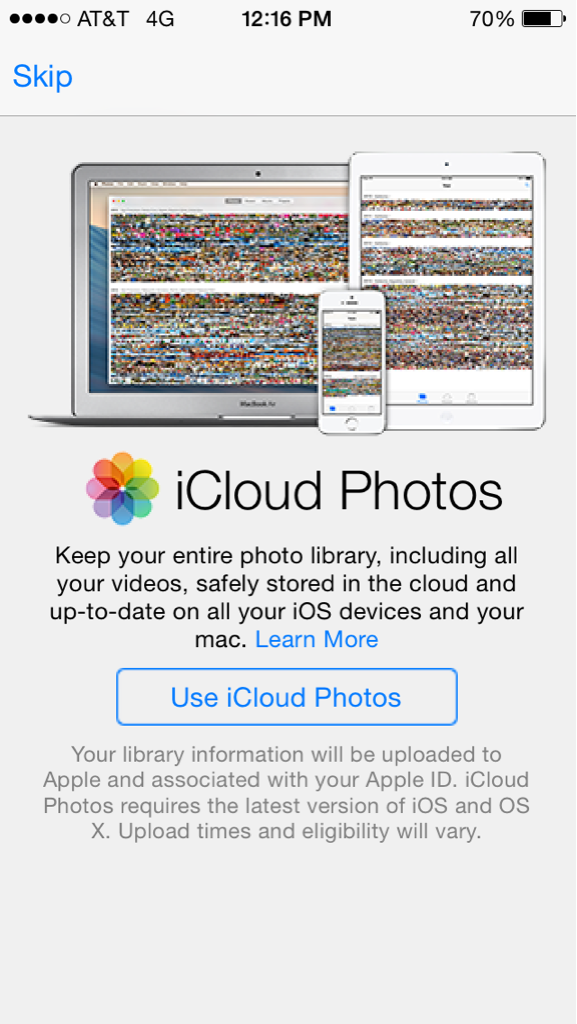
As a result, it’s now possible to store more photos in iCloud Photo Library than your device can hold and still scroll through them with ridiculous ease, as if stored locally.
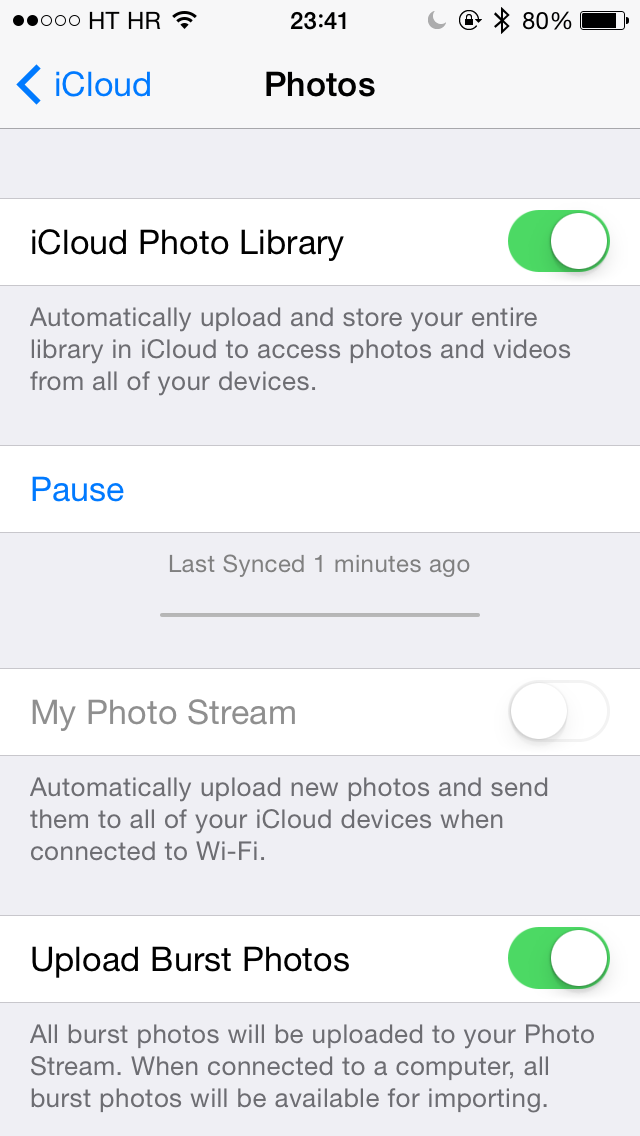

Improved message group conversations
Messages in iOS 8 features a number of important improvements.Among them: way better group-chatting with the ability to mute notifications for message threads, support for exchanging quick videos and short walkie-talkie-like audio snippets, location sharing, the ability to video all media attachments, Handoff support and more.
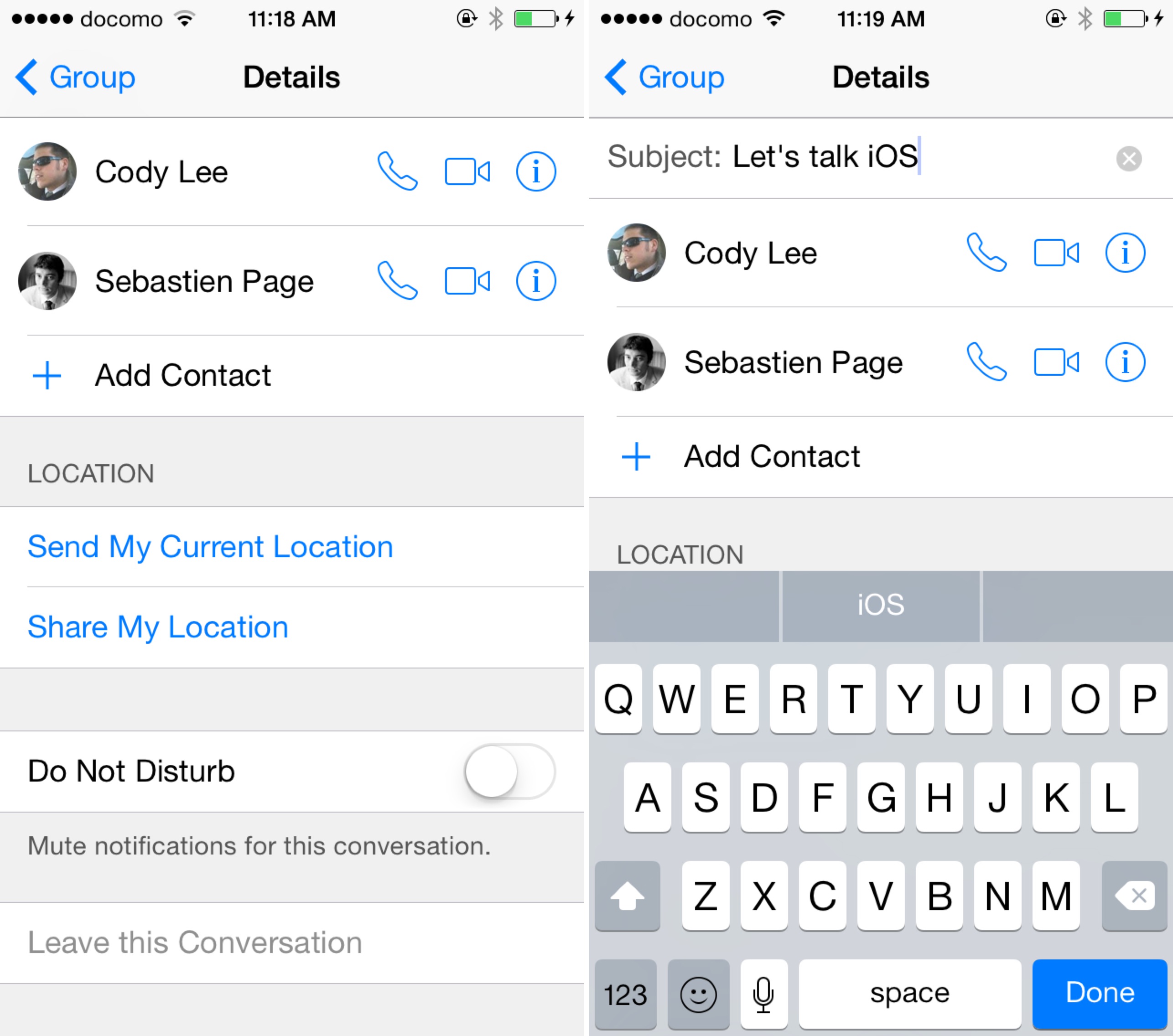

Instant Hotspot
Connecting your iPad or Mac to your phone’s personal hotspot is no longer a multi-step affair requiring that you create and use a network password. Now when your iPhone is close by, its name will automatically appear in the list of Wi-Fi networks in Settings on your iPad and in the Wi-Fi menu on your Mac.
When using Instant Hotspot, the Home screen will show the blue bar at the top. And in a typical Apple fashion, your iPhone’s signal strength and battery life indicators are also shown right in the Mac’s menu bar, under Wi-Fi networks.
Interactive Notifications
Notifications in iOS 8 can now be interacted with.Stock apps, for example, allow you to swipe alerts on the Lock screen in order to reveal options. For example, a Messages alert can be swiped to the left to reveal the “x” sign to dismiss it. In the case of Mail, available interactions include flagging, marking as read and archiving.

Mail gestures
Mail in iOS 8 makes extensive use of all-new swipe gestures that can be performed from the inbox list to help you sort through your emails with breeze and fewer taps. For starters, you can swipe to mark as read or flag, or long-swipe to delete a message.Moreover, Mail in iOS 8 now recognizes a reservation, flight confirmation, or phone number in an email and produces a notification allowing you to, say, add an event to your calendar or a phone number to your contacts.

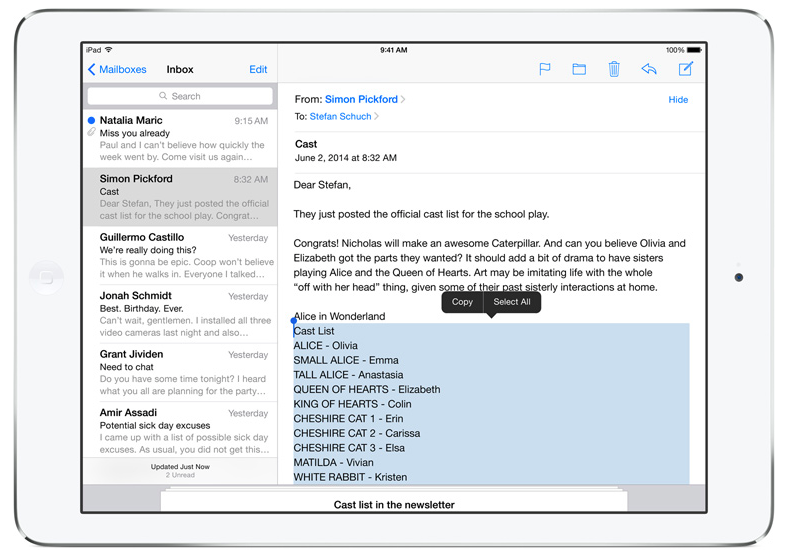
You’ll notice a new bell icon in your message list: it denotes email threads with reply notifications turned on. To disable notifications for a particular email thread, swipe to the left again, tap More and then hit the Stop Notifying button.


QuickType
Apple’s keyboard in iOS 8 now, much like Android’s predictive text entry, speeds up your typing by displaying suggested words as you type. It’s smart enough to figure out who you’re chatting with in apps like Messages and adapts its algorithm to your past conversations and writing style.This means that QuickType’s suggestions of words or phrases follow the casual style you might use in Messages, the more formal language you probably use in Mail and more.

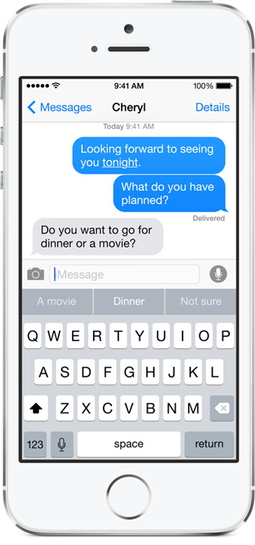

Quick Reply
A reason enough for some to jailbreak, Quick Reply has finally made its way into iOS 8.Now when someone sends you a message and you receive a notification, you can pull down on the banner alert and up pops the keyboard. Simply type your reply, hit the Send button and continue right where you left off — no need to switch back and forth between apps just to reply to the message.


Send quick voice messages
Like WhatsApp, BlackBerry Messenger, Voxer, Snapchat and other IM and ephemeral messaging software, Messages in iOS 8 now lets you add your voice to the conversation that your recipient can listen to and reply to simply by raising the device to their ear (set Raise To Listen to ON in Settings > Messages).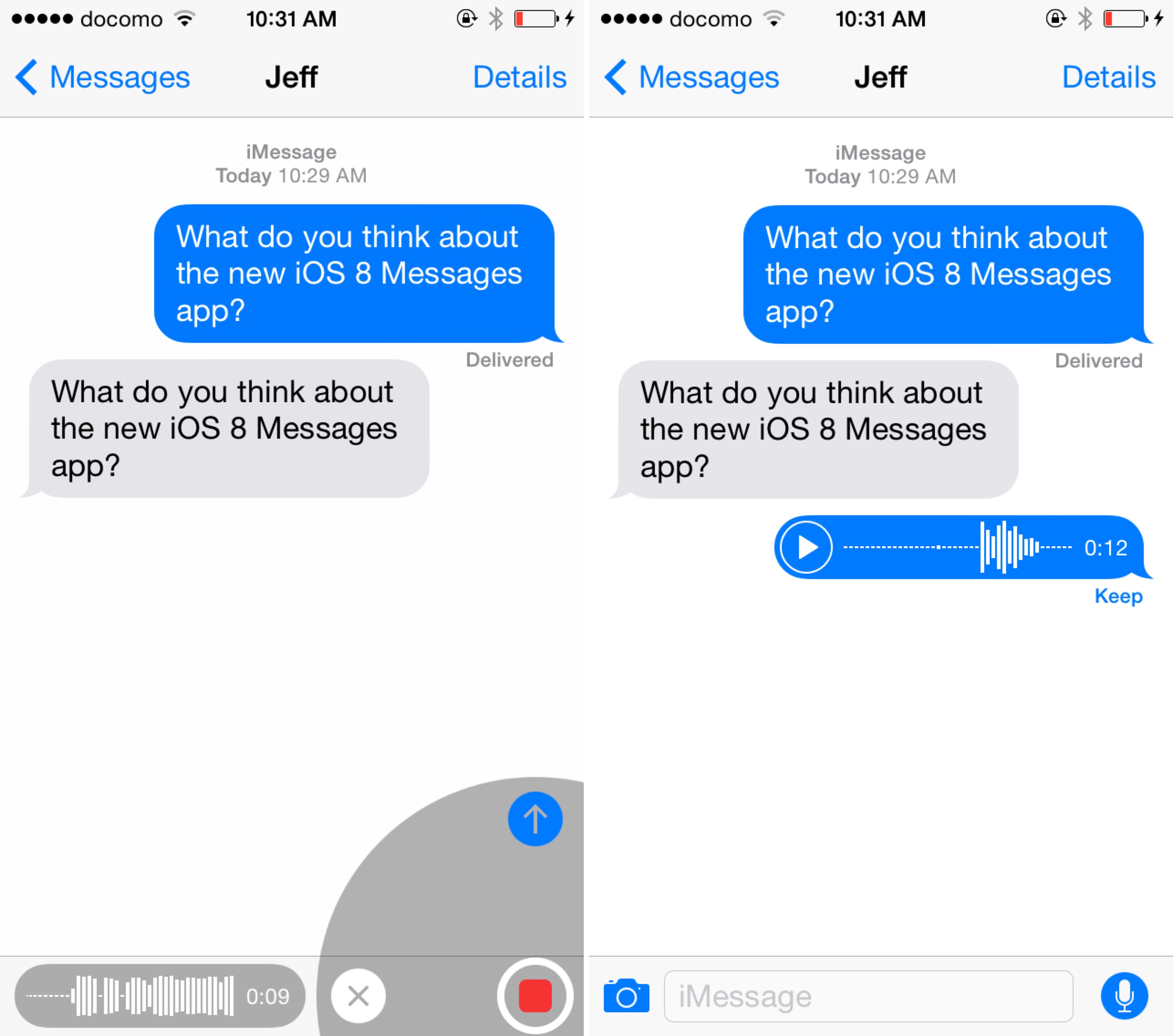
The other side will receive an interactive notification for an incoming message, like this.

Options in Settings let you define for how long you’d like to keep audio messages stored on your device, with two expiration options, “Never” and “After 2 Minutes”.
Send quick short photo or video
Like audio, Messages uses the same radial interface for quickly attaching a short video to your message. Just tap and hold the camera icon in the lower left of your message view to start recording, swipe to the right when done, or up to cancel, like this.

Note that media like videos and images are now organized in their own panel in Messages (tap Details in the upper right to access it) so you no longer have to scroll indefinitely to find a picture from earlier in the conversion. Entire Messages history can be automatically deleted as well in Settings.
Our own Jeff has put together a nice video showing off the best new features in iOS 8 Messages. Give it a quick watch below for a more comprehensive overview of the app.
Spotlight enhancements
Spotlight in iOS 8 features powerful new search functions.For starters, searching for movies in Spotlight now produces richer information like nearby theaters, showtimes and ratings. And in addition to searching across stock apps to find exact words or phrases in texts or emails stored locally on the device, Spotlight can now retrieve information from a plethora of online sources.
Its expanded scope enriches your search results with snippets of news articles, inline Wikipedia definitions (with a picture and a short summary), iTunes media and App Store app links, suggested websites, nearby restaurants (including the phone number and hours it’s open) and lots more.


Third-party keyboards
If you don’t like Apple’s stock keyboard with optional predictive input, iOS 8 now permits you to use third-party keyboards like Swipe, SwiftKey, TouchPal with sliding text entry, Fleksy, Adaptxt, Minuum’s heigh-changing keyboard or TextExpander’s custom keyboard with snippet expansion, to name but a few.
Once the app is installed, the embedded custom keyboard becomes available to use system-wide. Apple thought about privacy, too: custom keyboards are not allowed to log keystrokes. Furthermore, soft-keyboards that do require network connectivity to sync custom dictionaries are required to first request your permission.

Touch ID in your favorite apps
iOS 8 takes Apple’s Touch ID fingerprint scanning to the next level by opening up the feature to developers. Soon enough, apps like 1Password, PayPal, eBay and more will have the option of using Touch ID to sign in with a simple touch of the Home button, bypassing the need to enter a password.And, storing your fingerprint profile encrypted and protected inside the Secure Enclave on the A7/A8 processor ensures that neither iOS nor other apps can access it.

Time-lapse videos
iOS 8’s Camera app brings out a cool feature to shoot video over long periods of time and then speeds it up dramatically. This new time-lapse mode lets you create some incredible effects of the sun setting, the bustling of a busy city street and such.
Now hit the Record button and your device will start snapping up photos at predetermined intervals. When you stop recording, iOS 8 groups the individual photos together into an accelerated sequence. All your time-lapse videos are automatically stored inside a dedicated ”Time-lapse” album on the device.
Widgets in Notification Center
Today widgets are third-party App Extensions that appear in the Notification Center and offer quick information at a glance. Apple provides several built-in widgets like Calendar, Reminders and Stocks that can be interacted with. For example, the Reminders widget allows you to mark to-dos as completed, right inside the Notification Center.
Just pull down from the screen top to bring up the Notification Center and then tap the Edit button at the bottom. This takes you to the screen with all of the widgets available on your device, allowing you to enable or disable ones you want and change their ordering.
Most developers we’ve spoken to are committed to providing widgets (hello, jailbreakers!), including Philips which is working on an iOS 8 widget for controlling Hue lights.
What iDownloadBloggers think
And here are iOS 8 features that our writers, contributors and editors have cherry-picked as their best or most exciting ones. This alphabetically-sorted list is obviously highly subjective as each writer gets to weigh in with the iOS 8 features they think are going to improve their mobile computing most.Christian Zibreg
While I’m a huge fan of the iOS 8’s integration with Yosemite through Continuity features like Handoff and Text Message Forwarding, I think that Extensibility is the most under-appreciated improvement.
The ability to use third-party keyboards, photo/video extensions right inside the Photos app, custom actions in Share sheets and other types of App Extensions all contribute toward making iOS a much more productive environment than ever before.

This is going to have profound effects on developers. Instead of wasting time implementing Dropbox access or sharing via a third-party service, they can now focus on more pressing things and spend their energies advancing their apps.
Cody Lee
iOS 8 introduces a number of great new features, but I’d have to say that by far, the addition I’m most looking forward to is app extensions. This allows developers to extend their app’s functionality into other iOS apps, and throughout the entire system.
My favorite example I’ve seen of this so far is Camera+ 6.0, and its ability to allow users to edit their photos from within the stock Photos app, and I can’t wait to see what other developers come up with.
Jake Smith
I have long been frustrated Apple hasn’t made iPhone and OS X work more seamlessly, until now. iOS 8 introduces Continuity, and once Yosemite is released to the public, it will allow you to pick up calls and answer texts on your Mac, instead of on your iPhone, and continue editing documents on your Mac that were started on an iPad. Continuity paired with iCloud Drive finally makes me feel like Apple is tightly integrating both its iPhone and OS X platforms, making it a deadly combination against competition.
Jeff Benjamin
One of my favorite features is the new Instant Hotspot, because it makes using Personal Hotspot totally seamless, with zero configuration. It makes it almost pointless to buy a cellular enabled iPad if you have an iPhone.
Hey Siri is my next favorite feature. It makes it so that I can manage my alarm clocks, check on stocks, and weather with my eyes closed. It’s perfect for getting an idea about your day while still in the comforts of the bed.
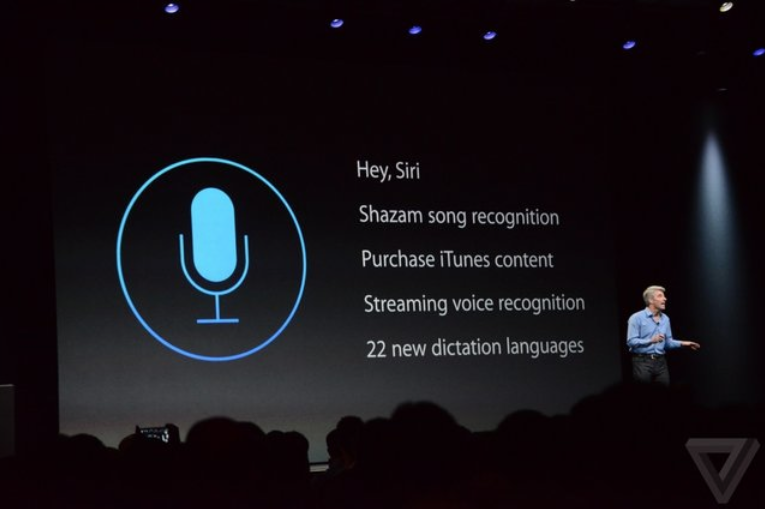
Jim Gresham
Not to downplay all of the other great iOS 8 features, like Continuity, HomeKit, and third party integrations, but I am most excited about the simple inclusion of Quick Reply for alerts. When it comes to hourly use of my device, the thing I use my iPhone for most frequently is communicating through iMessage. The ability to instantly reply through a banner will save me countless hours over time.

Handoff is the feature I am most looking forward to. I am always reading emails on my iPhone and want to respond to them in a more convenient way on my laptop. With Handoff, I’ll be able to pick up right where I left off from one device to the next.

Oliver Haslam
Without a doubt, the feature I’ve enjoyed the most while running the iOS 8 betas has been the addition of extensions. Be it the way 1Password can now hook into apps and websites or the quick calendar access in Notification Center offered by PCalc, extensions are going to change the way we use iOS forever.

The fact that Apple is opening up more to developers is probably my favorite thing about iOS 8. Features like third-party keyboard support, widgets, extensibility, and the new Touch ID APIs make for an amazing update. Of course, Android users will yell “first,” and rightfully so, but as we’ve been able to verify before, being first doesn’t matter if you can’t do it right.

I’m talking about how developers will take advantage of this new feature in ways we haven’t even thought of yet. Extensibility will be a great addition too and make for a more seamless experience.

Finally, Touch ID support for third-party apps will bring yet another level of security to everything we can do on an iOS device, and just like widgets, I think developers will be able to do wonderful things out of the Touch ID APIs.
Timothy Reavis
For me, the best features of iOS 8 are those that are developer-driven. The third-party apps on a device are a massive part of what lead to an enjoyable experience, and with developers being able to update their apps to support Extensibility, Interactive Notifications, the “Kits,” and Touch ID’s API, this could very well be the best iOS update we’ve seen thus far.

Useful iOS 8 resources
We recommend the following links for those wishing to dive deep into iOS 8:- Apple’s iOS 8 webpage
- Apple’s iOS 8 for developers resources
- Apple’s webpage about App Extensions
- Apple’s iOS 8 Feature Availability webpage
- Breakdown of most important new features in iOS 8
- Important iOS 8 fetters for users and developers
- Our archive of posts tagged with ‘iOS 8′


No comments:
Post a Comment